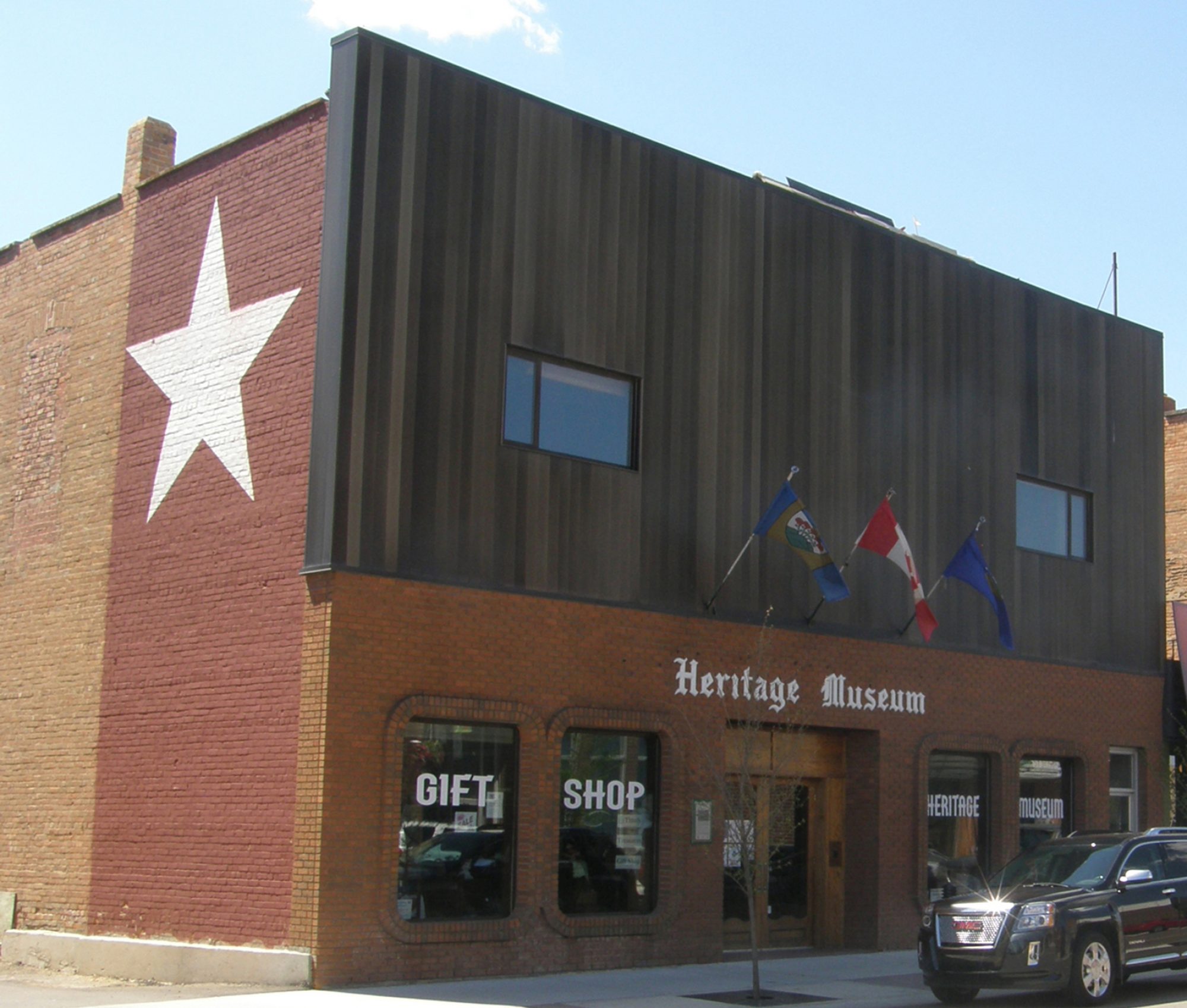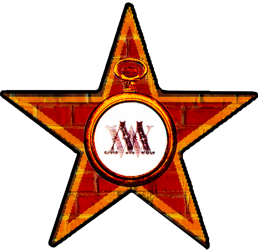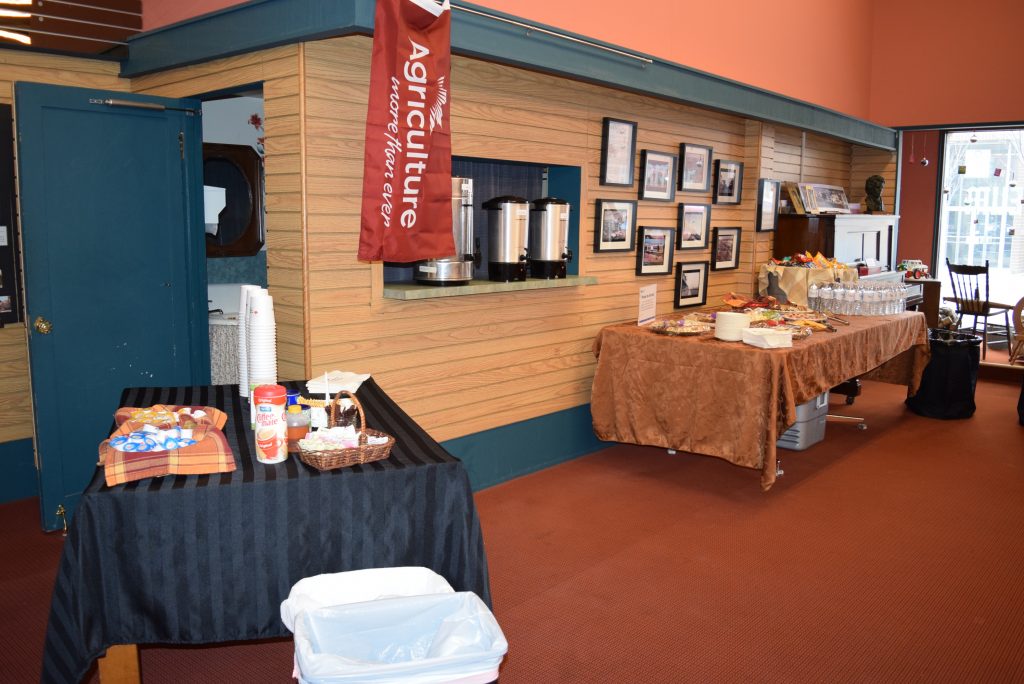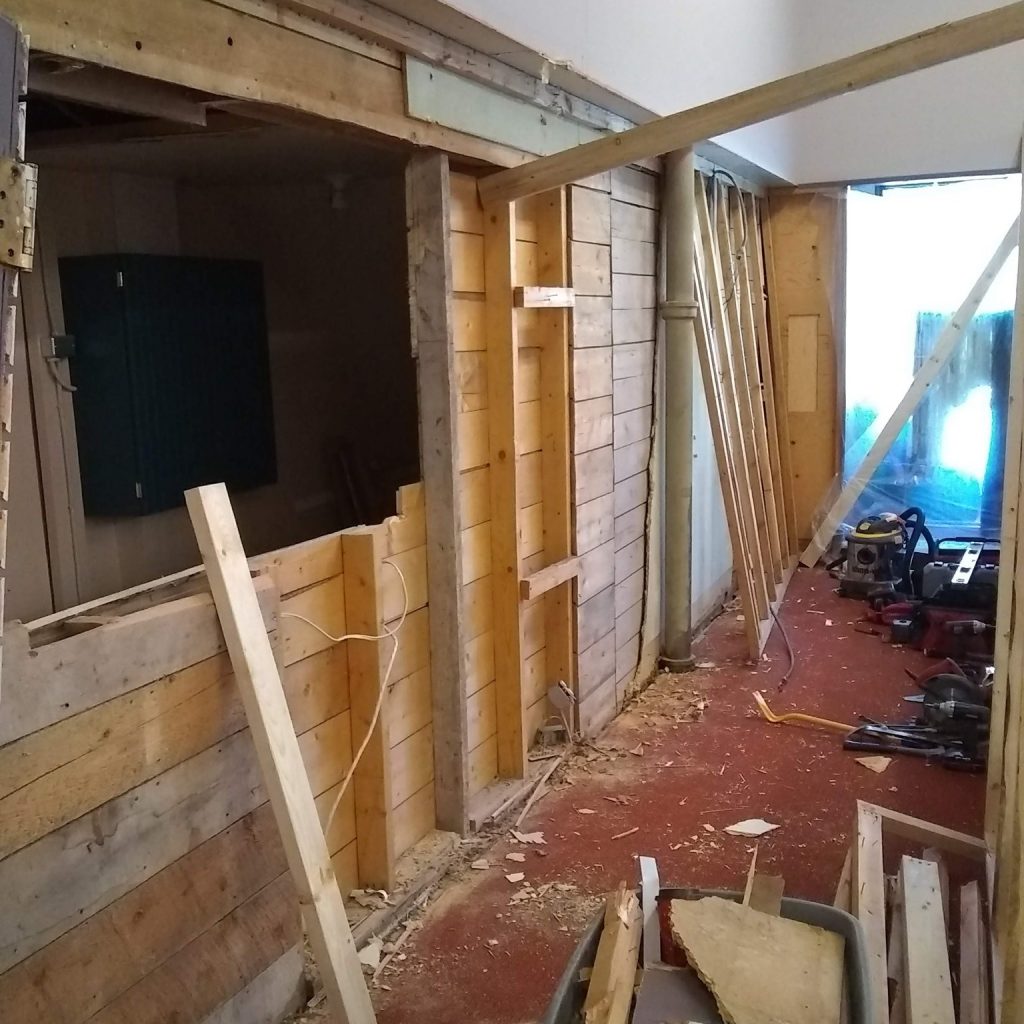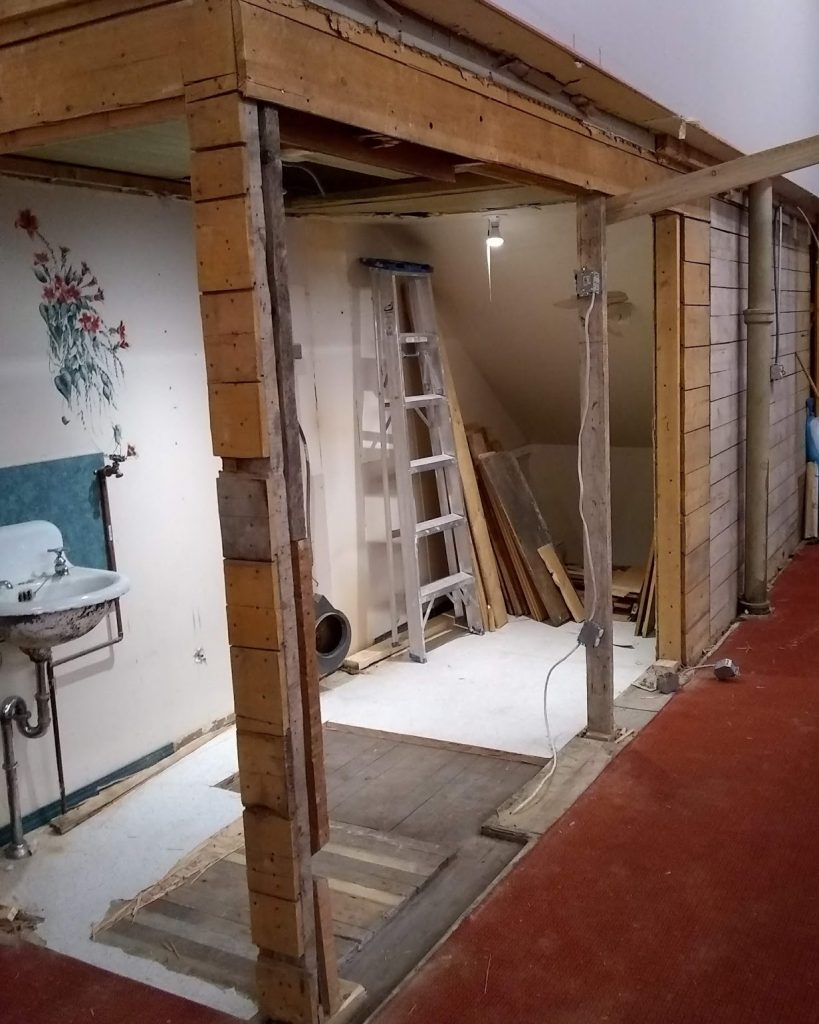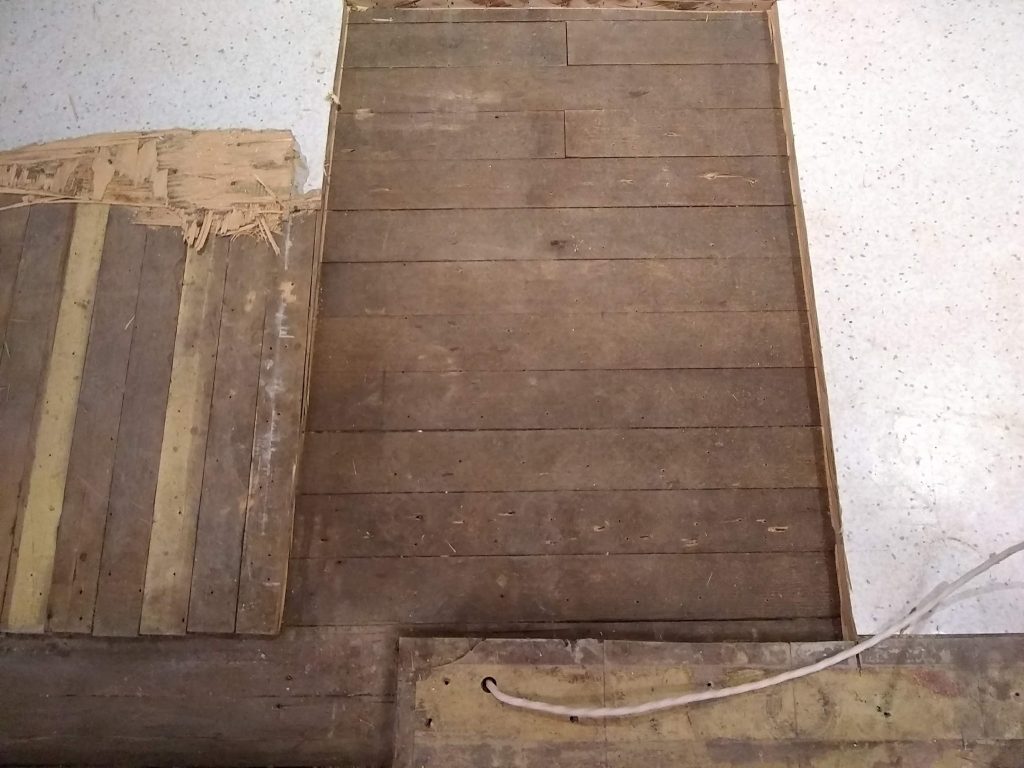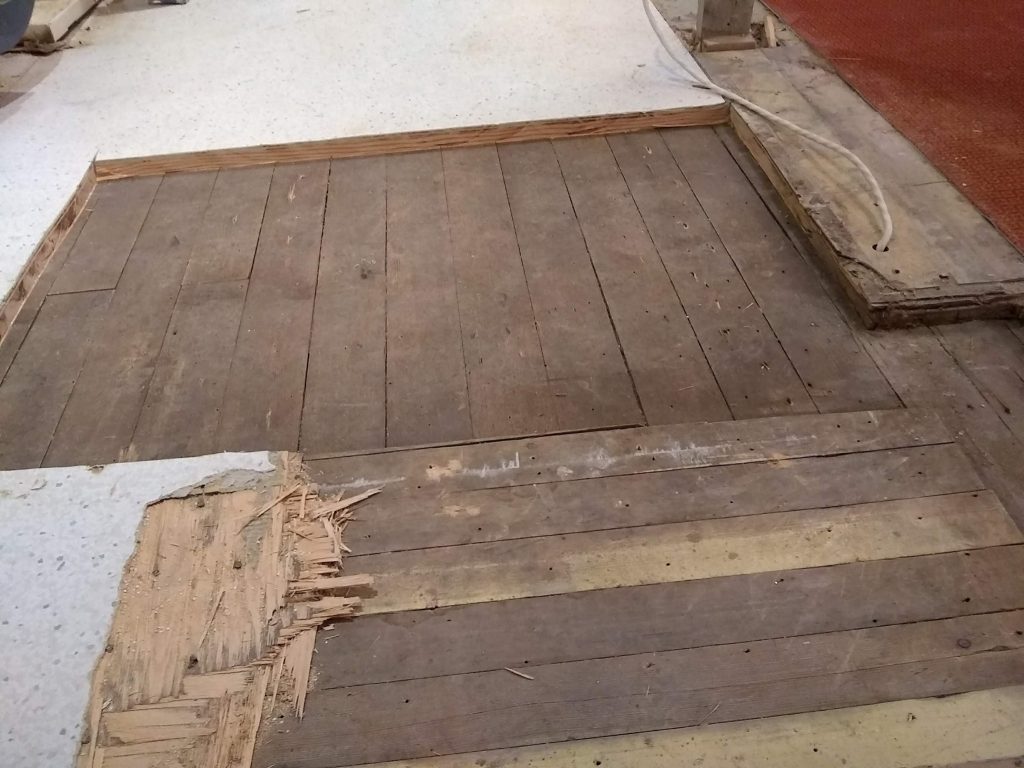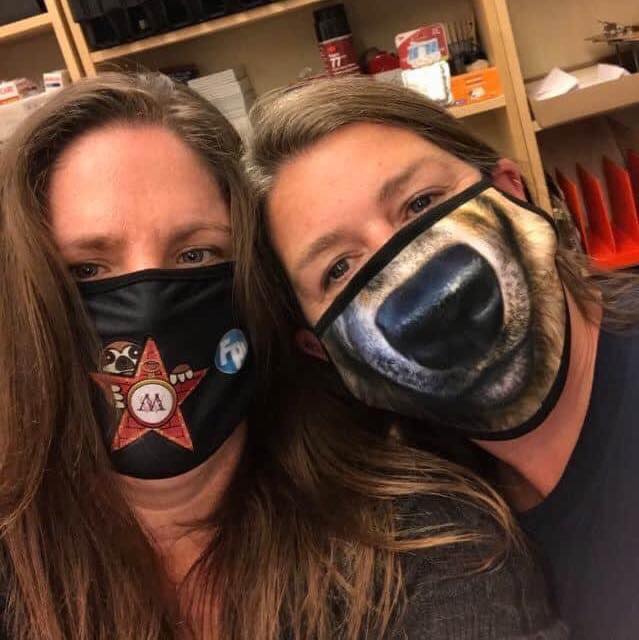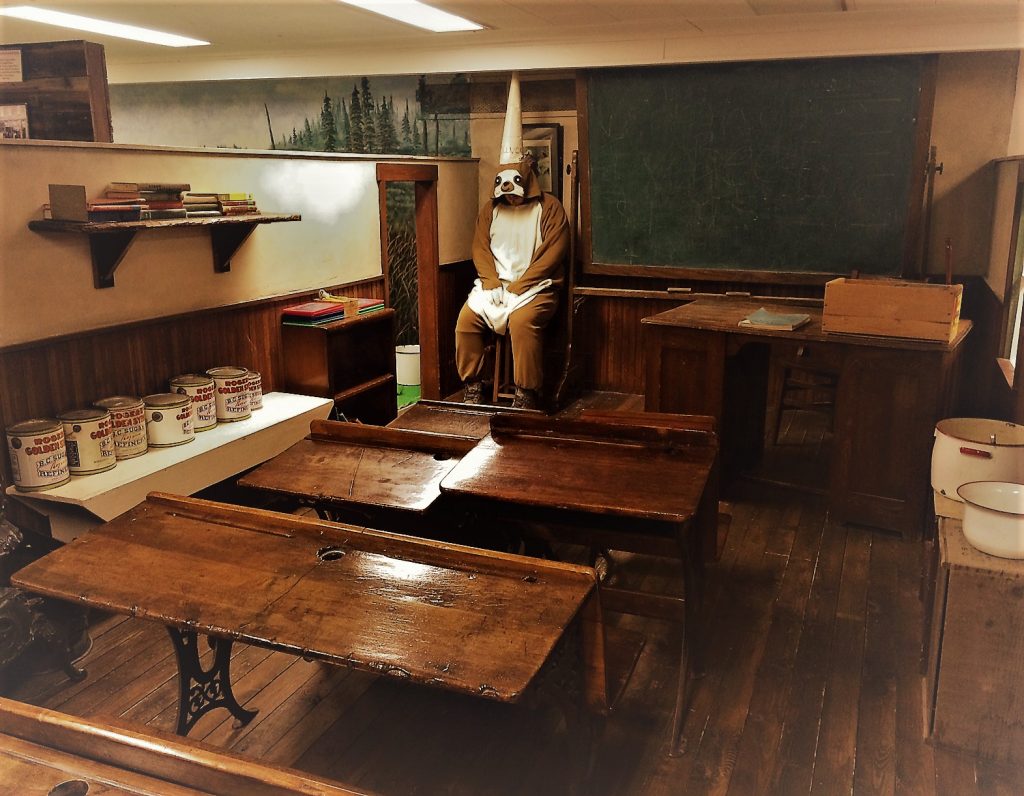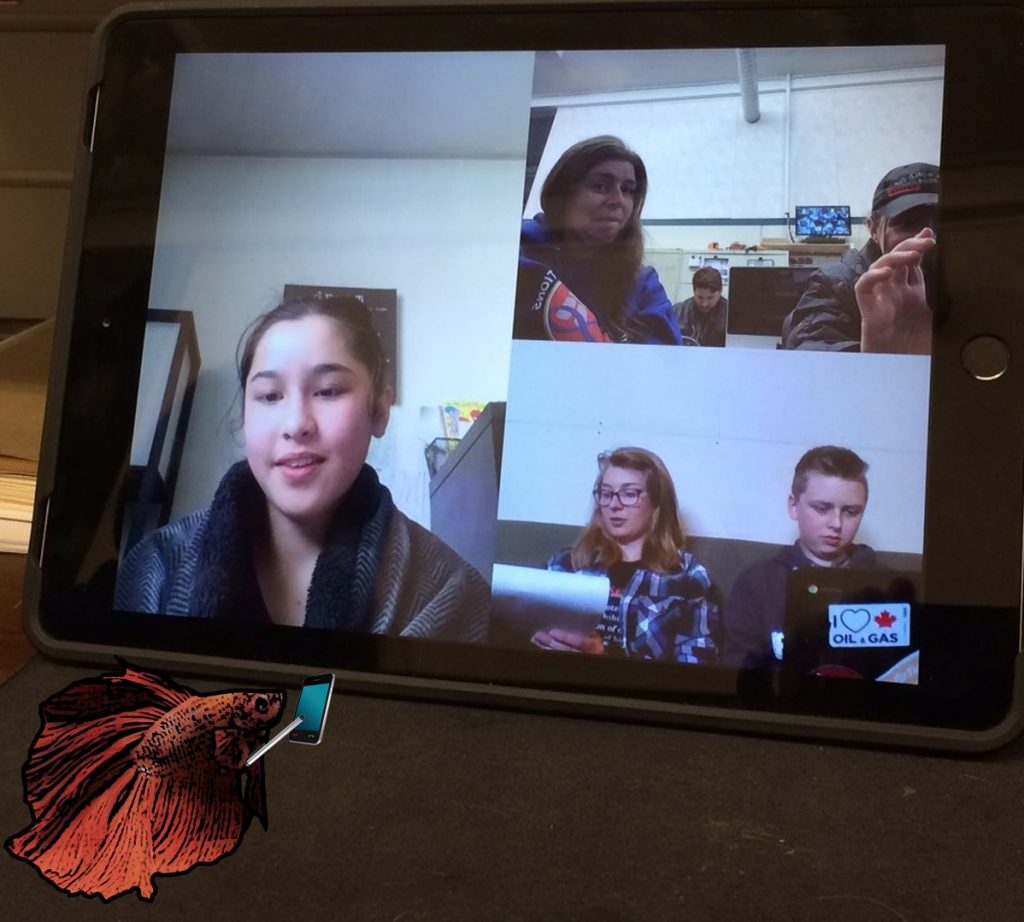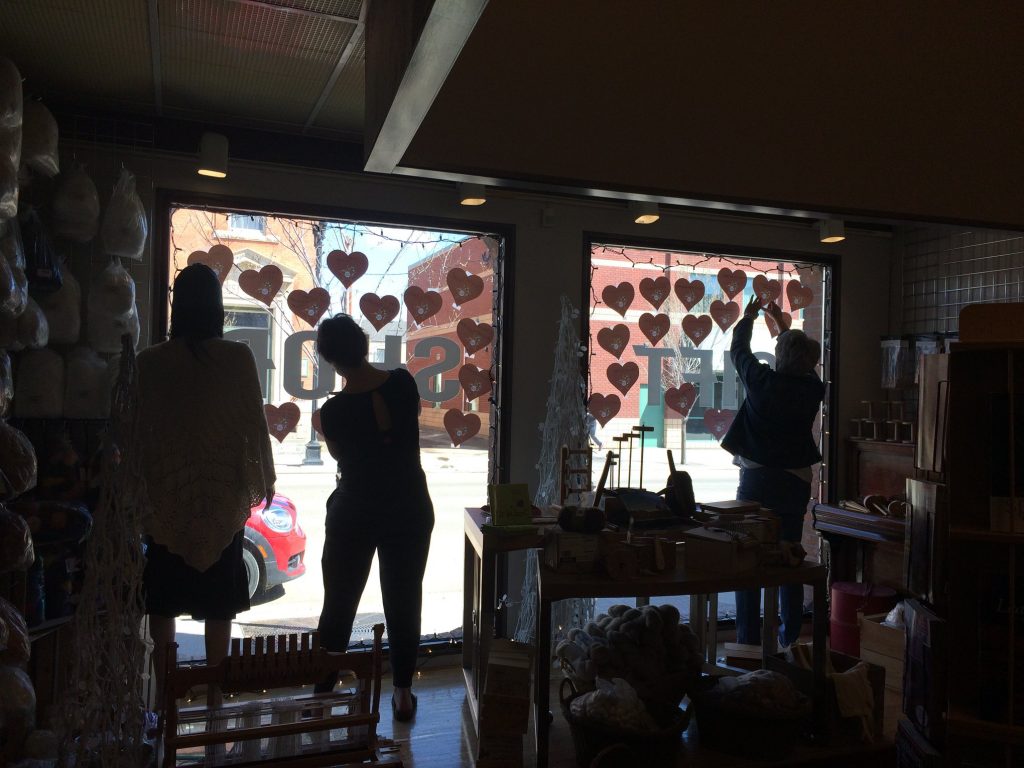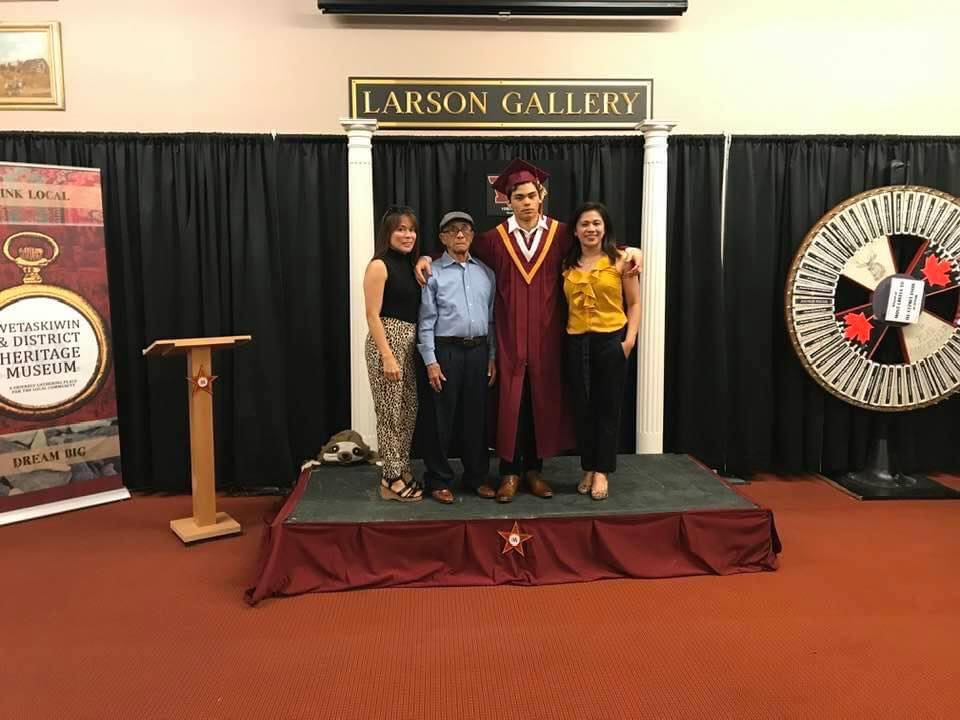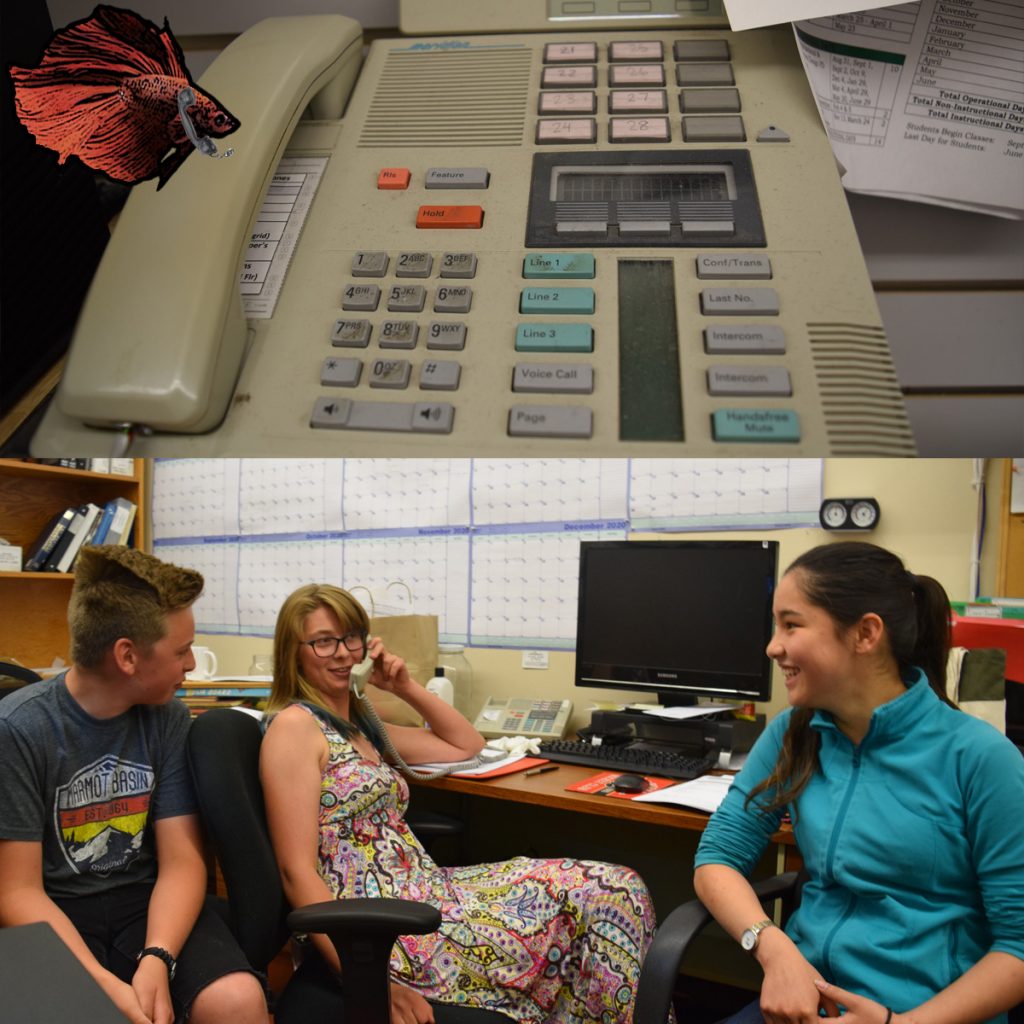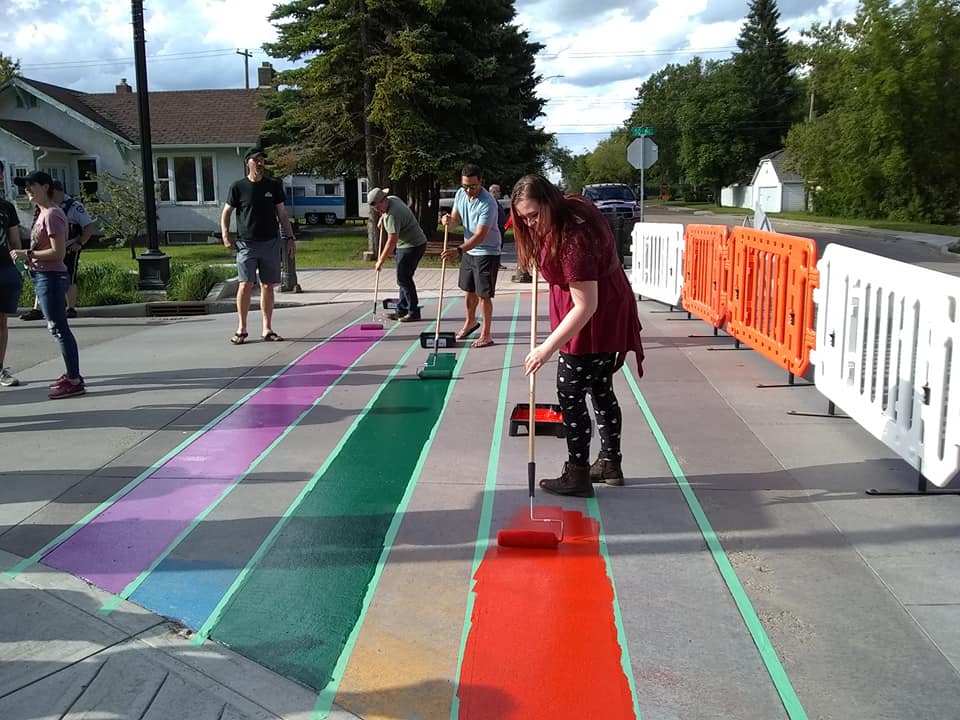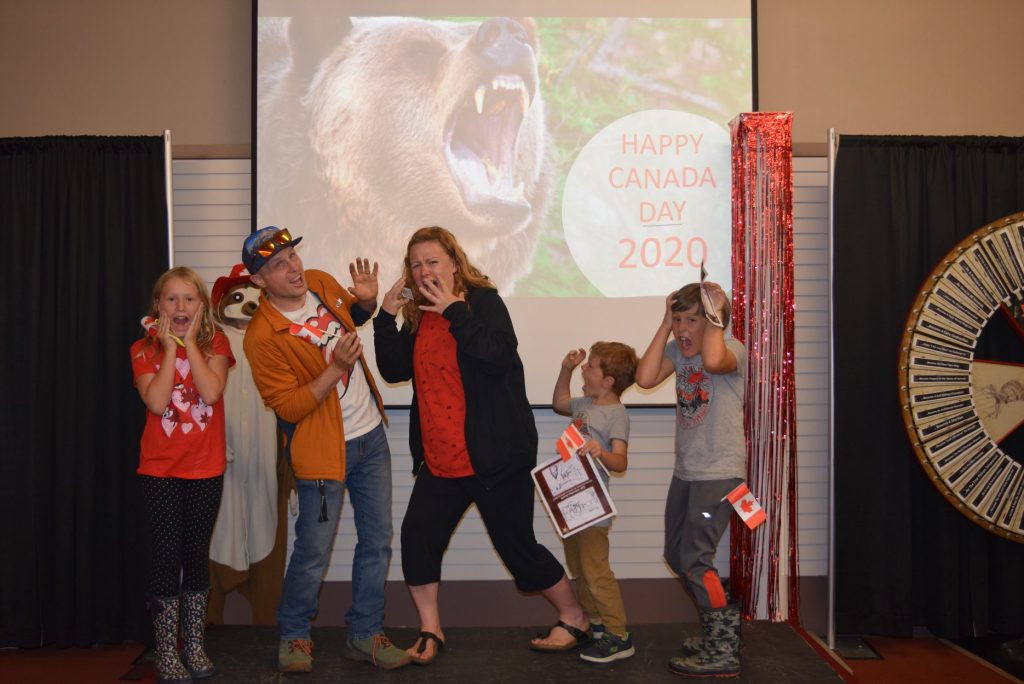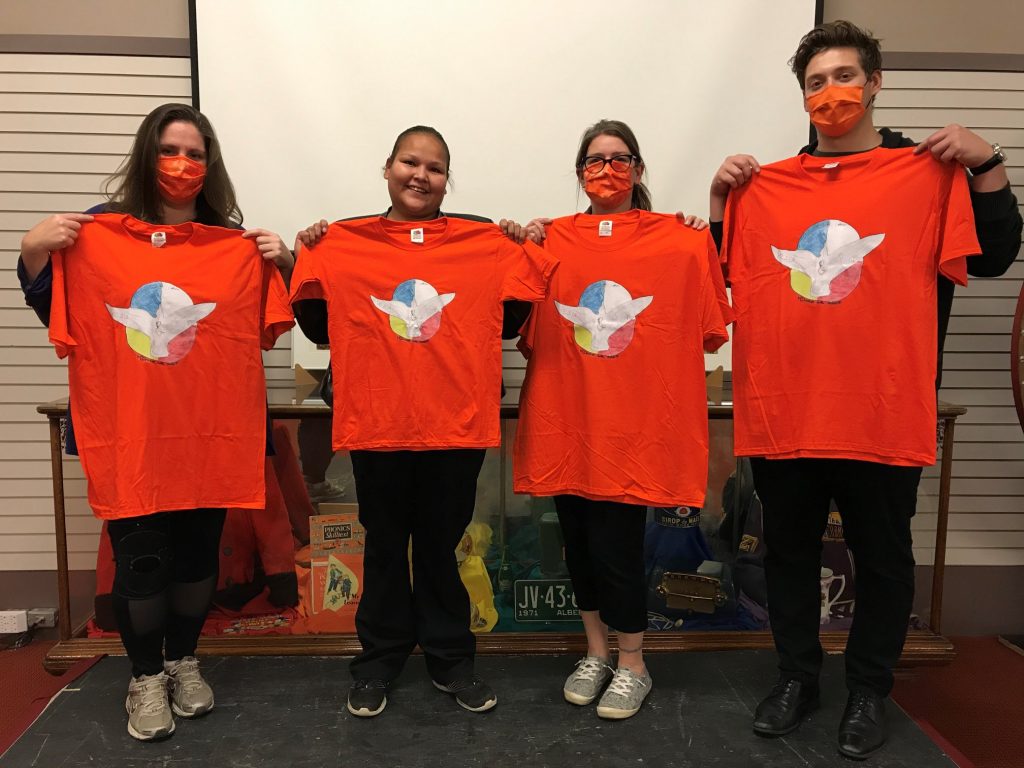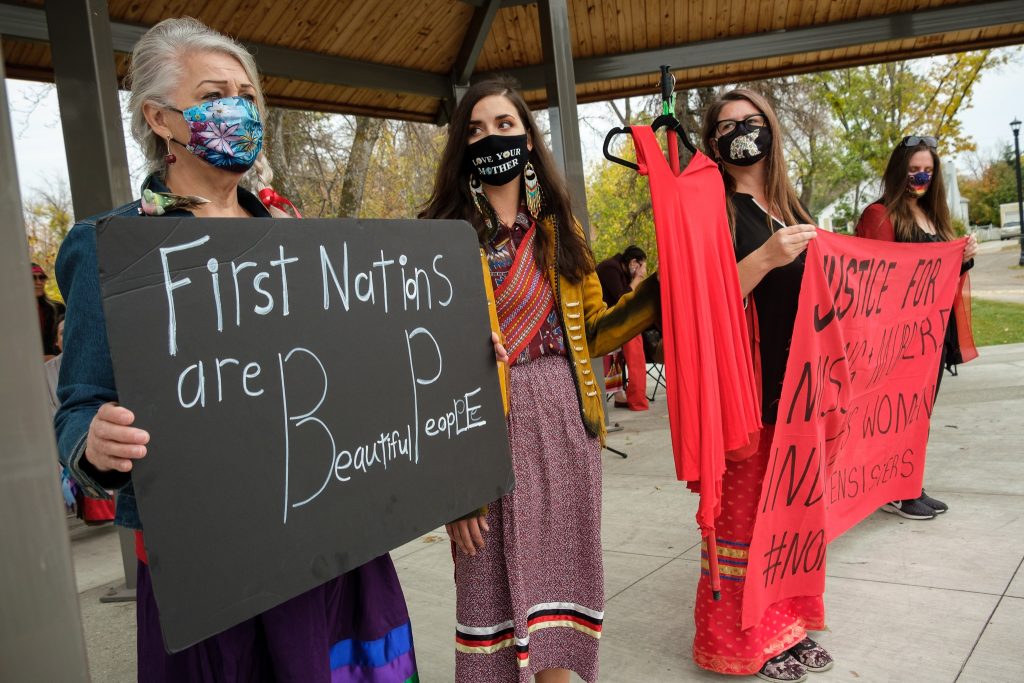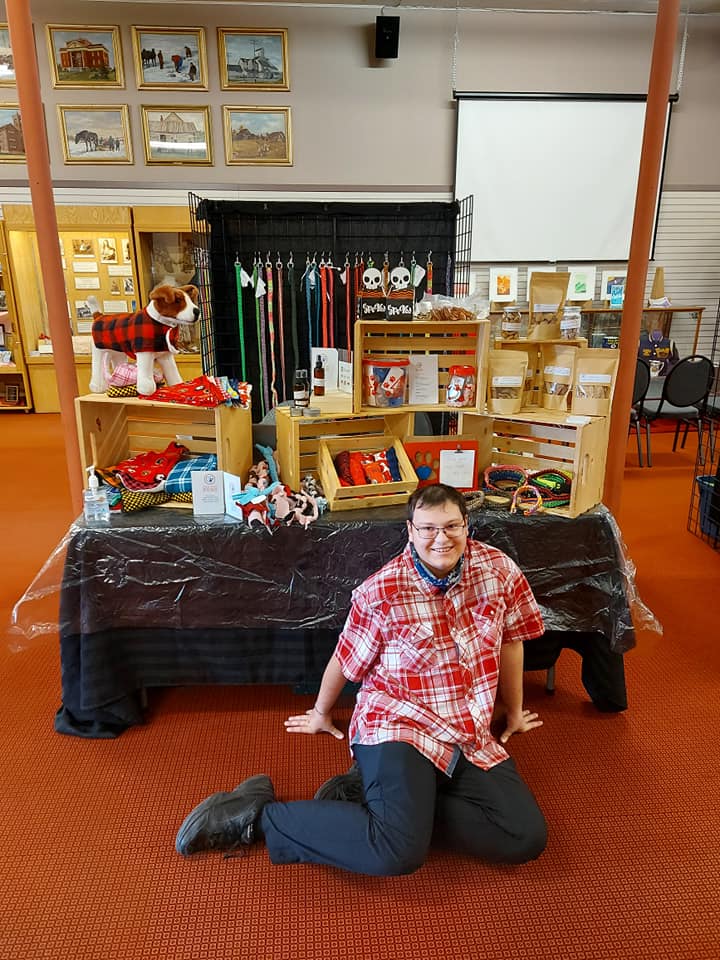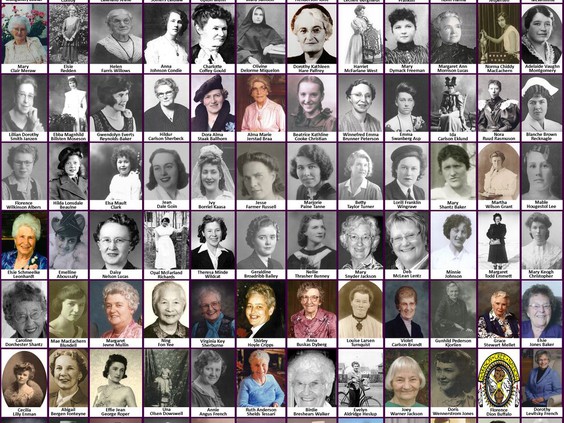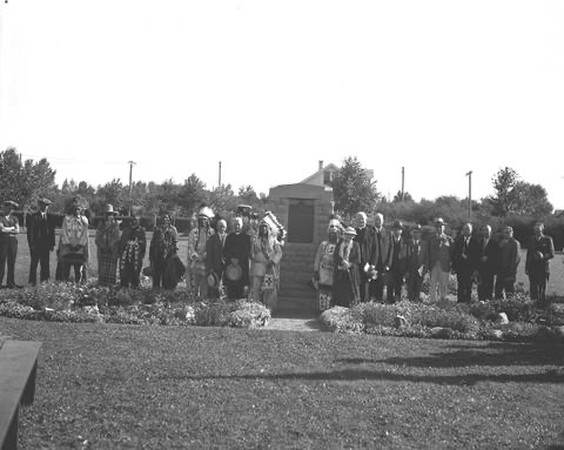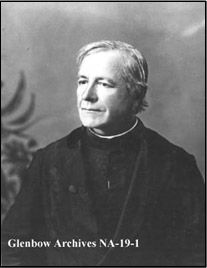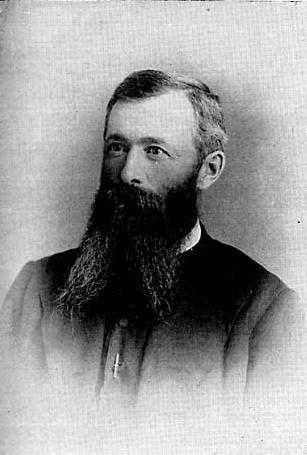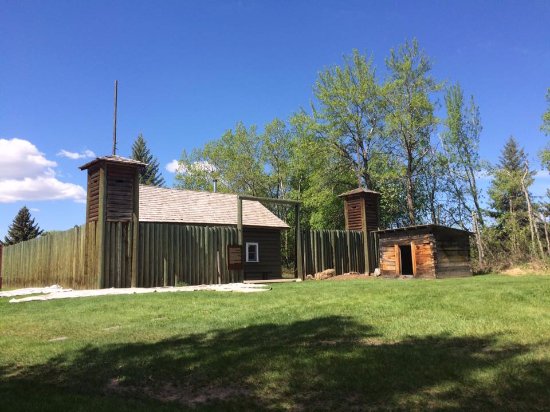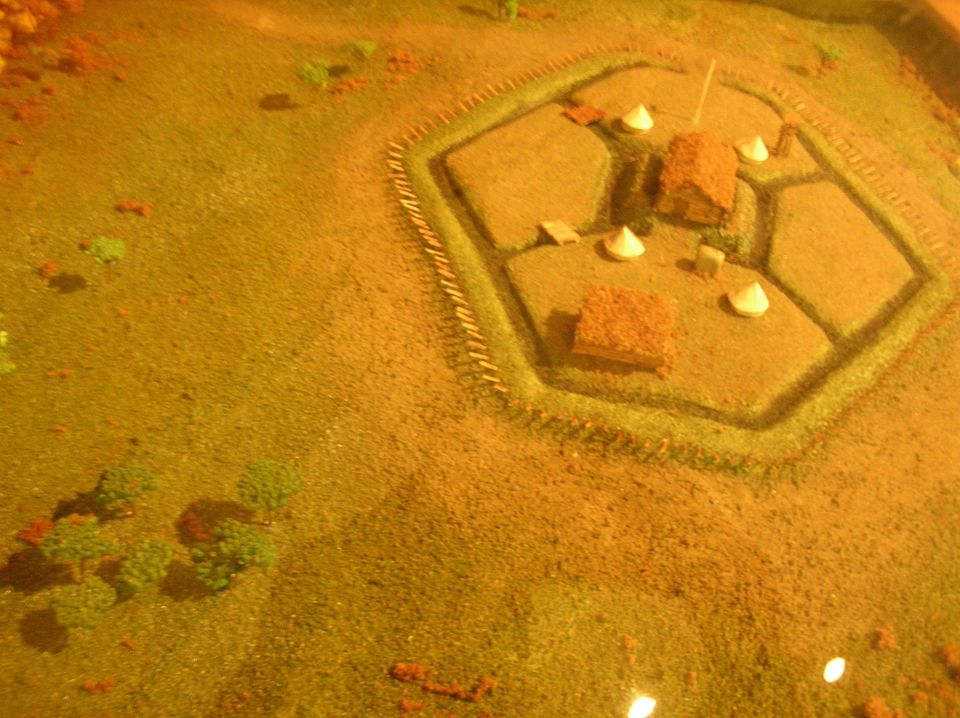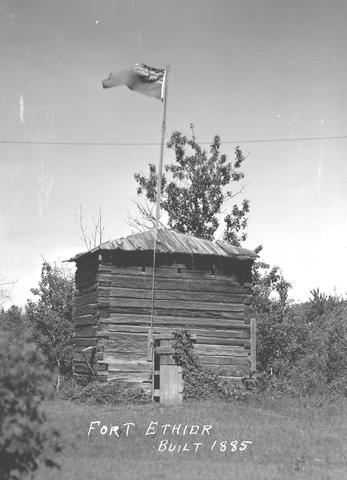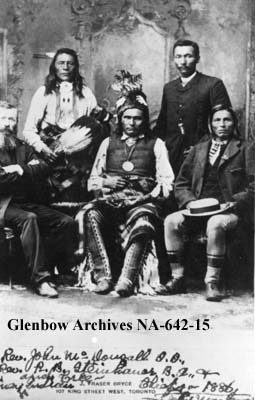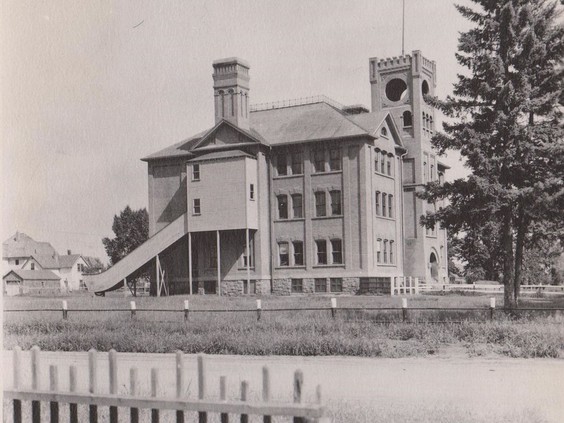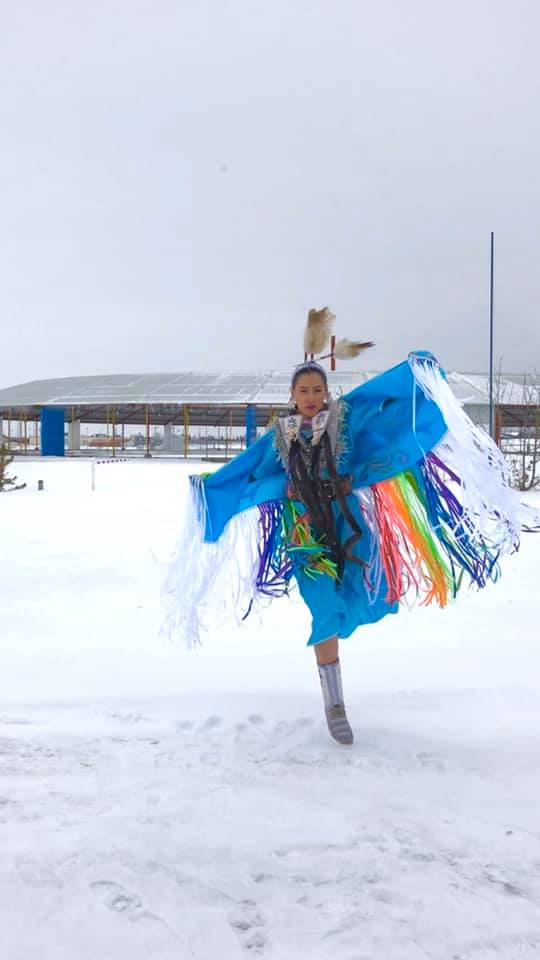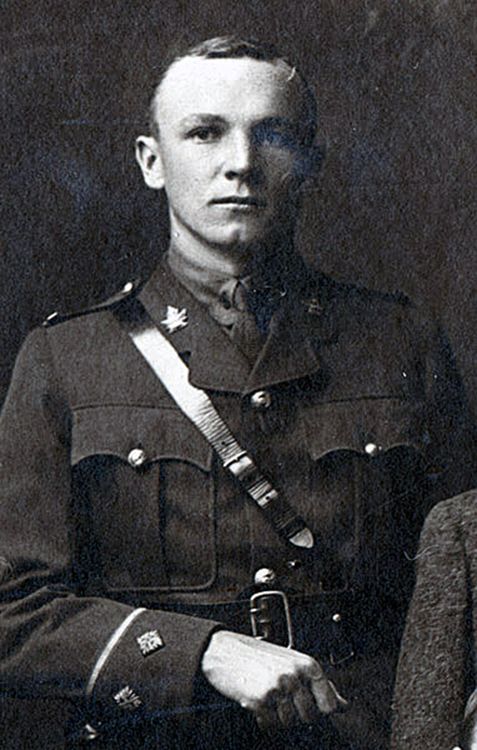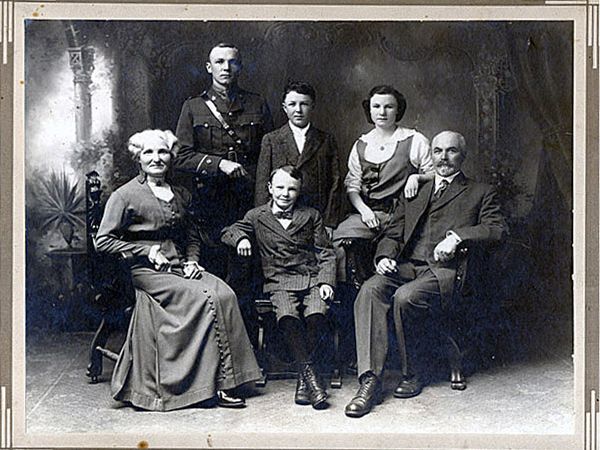A couple weeks ago I was asked about the headline “‘A museum in somebody’s basement’: items from Alberta’s Stan Reynolds collection to be sold”. I really didn’t give it a second thought. But then I started to get more phone calls and messages at work and seeing social media posts saying these items belonged in our local museums. The short answer is they do not, but this might need some explanation.
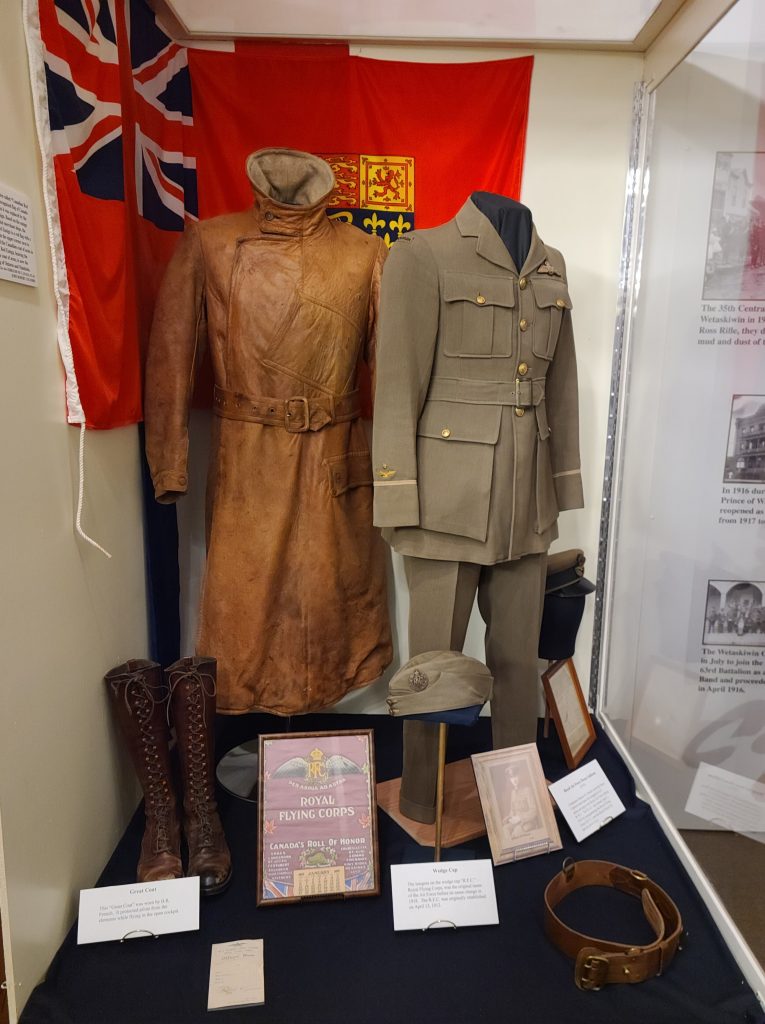
Stan Reynolds was an avid collector. He inherited this passion from his father Ted, who kept items that held sentimental value for him, including a 1904 Oldsmobile he bought in 1910 when he came to Wetaskiwin and a double-barrelled muzzle-loading shotgun he hunted with.
In 1955, the Reynolds constructed a large building to safely store the growing collection. Three years later, they decided to open up their private collection to the public. It was called the Reynolds Museum. You can still see the building in the field behind Legacy Toyota.
By the early 1970s Stan recognized that parts of this collection had great importance for the story of Alberta and he began to take further steps to see it better preserved. In 1981, he donated 850 machines to the Government of Alberta.
This, along with other items not part of his collection, would provide the foundation for our much-loved Reynolds-Alberta Museum, which opened on Sept. 12, 1992.
Stan did not only donate items to the Alberta government, however. For example, he had photos and other documents which were donated to the City of Wetaskiwin Archives. Further, in the early 1980s the City of Wetaskiwin began collecting objects for their own museum.
Stan donated many that had a specific provenance to our community. When the Wetaskiwin & District Museum Society was officially incorporated on May 20, 1986, the City transferred ownership of these, as well as countless others donated by many members of our community, to the Society. That Society is the non-profit charity that owns and operates the Wetaskiwin District Heritage Museum Centre, which I have the privilege of running.
For the past 40 years the Reynolds family has continued to donate objects, money, and valuable volunteer time to these local institutions.
In turn, we have all been working hard to continue to maintain our ethical balance of making the objects accessible to current generations, while preserving them for future generations, as Stan wanted.
After Stan passed away in 2012 we were given the opportunity to walk through his basement where he kept his private collection to see if there was anything else we wanted.
The same opportunity was given to other museums.
Storing and/or displaying objects does not make a museum. Museums own permanent collections, with each item being carefully registered, catalogued, and stored. Only a small percentage of them are put on display.
Our collections are not financial resources. Instead, they exist for the exclusive purposes of preservation, research, and presentation to the public.
Museum professionals, be they paid or volunteer, understand that it is neither sustainable, nor responsible, to have items just for the sake of having them. Collections make up the majority of our operating budgets. Even when our galleries are closed, like they have been for much of the past year, our collections are not going anywhere.
We have an ethical, and legal, responsibility to spend the same amount of time, money, and energy to not only look after them, but also continue to share them with the community the best we can. None of my museum peers have found that these mandated closures have meant we are any less busy.
A museum’s resources are finite and we have specific collections mandates and policies to try and balance them. At the Wetaskiwin District Heritage Museum Centre, our mandate reads: “objects / artifacts must be relevant to the history of Wetaskiwin and / or District for the purpose of preserving and interpreting material evidence of human cultures and natural environments”. Our policies consist of a small booklet.
The items from Stan Reynolds private collection that are now on auction are those which did not fit the mandates of our local museums. Instead, we have the good stuff.
At the Heritage Museum Centre alone we have almost 4,000 items that once belonged to the Reynolds family. Only a fraction of these are on display, but they include objects such as this Royal Air Force uniform and “Great Coat” that was worn by early Wetaskiwin resident H.R. French during WWI. Our most recent acquisition from the family is the cash register used by Ted Reynolds in his automotive shop. In many ways, this is where the entire Reynolds collection began.
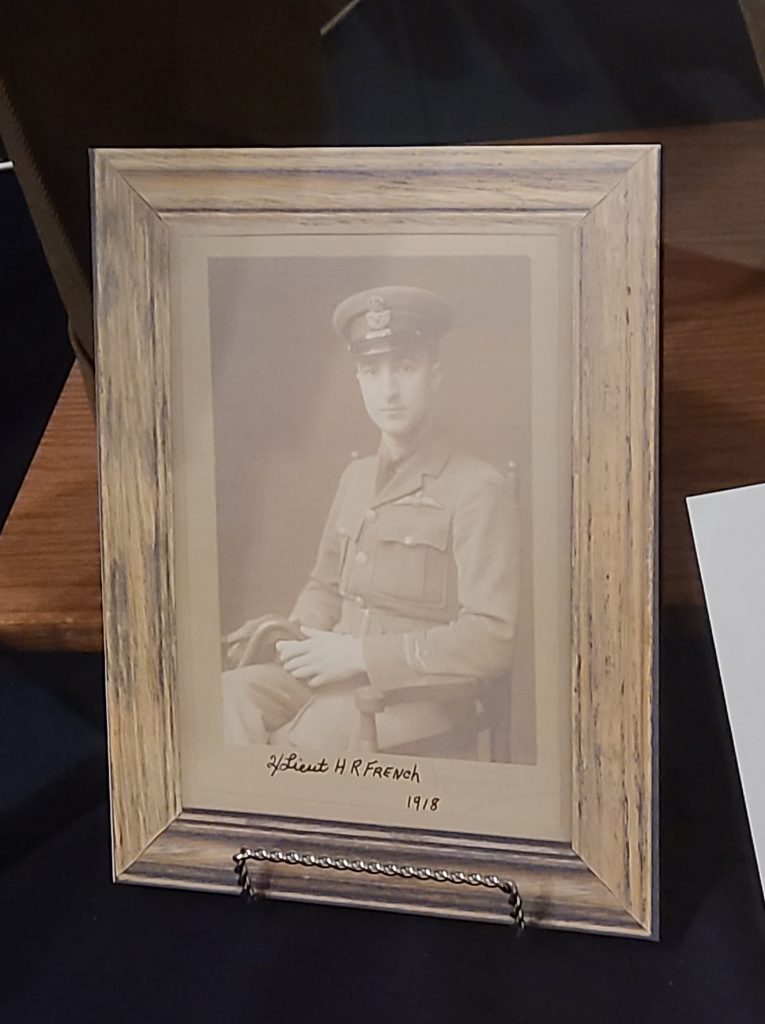
A second newspaper article was published on Saturday with the tagline “Edmonton antique dealer parts with massive collection of ancient artifacts acquired from the Stan Reynolds collection — plus a few extras of his own”. The auction itself is called “The Stan Reynolds Museum Artifacts Collection”. All of this is misleading. Only about one-third of the items on auction are identified as coming from the Reynolds PRIVATE collection (not the museum). Approximately half of those are ancient bronze coins that have no real numismatic value. The discovery of Roman coin hoards is common, and the bronzes are, I almost hate to say it, a dime a dozen.
Would I love to own a bronze coin of the first Roman Emperor Augustus, of course I would. I have a PhD in Greek and Roman Archaeology, and my first museum “job” was in 1999 when I studied the Roman Republican Coin collection of the then Nickle Arts Museum at the University of Calgary for my undergraduate minor in Museum and Heritage Studies. This coin would be part of my private collection, however, like Ted Reynolds’ shot gun. It would be tucked away in a drawer at home because of its sentimental value and not part of the public collection I work everyday to preserve, research, and share with our community.
